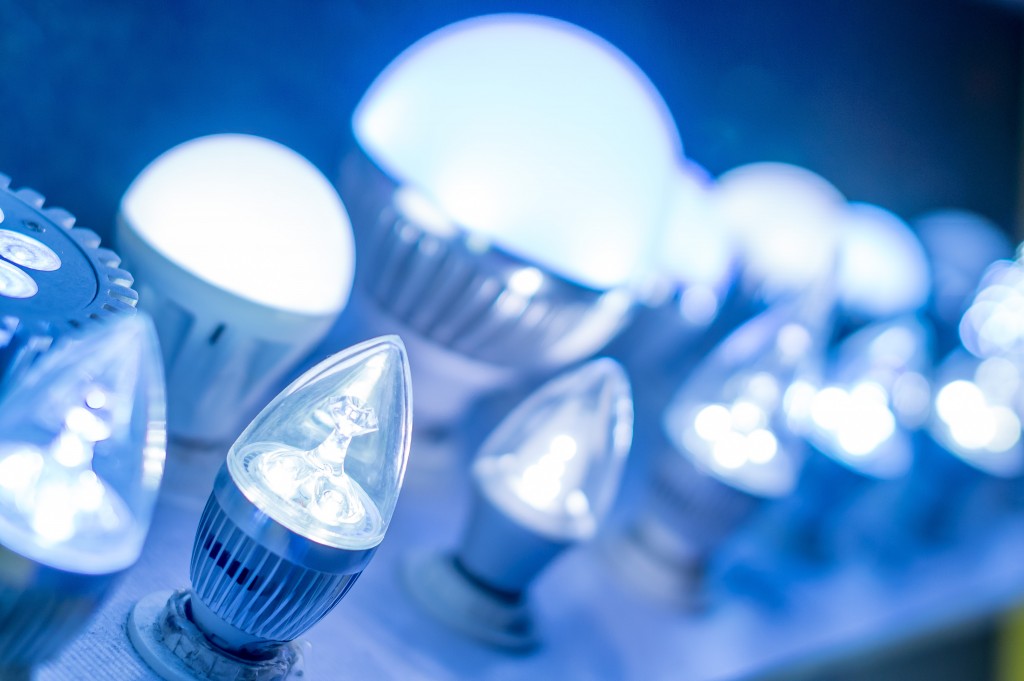How You Could Reduce Energy Consumption with Small Adjustments

One of the most significant expenses in a hospital is energy consumption. Hospitals are also some the most cost-intensive commercial entities due to specific lighting, heating and aeration requirement. However, it is possible to save energy to as much as 30 percent by taking the right steps. Here are a few actions hospital management can take to reduce energy consumption in hospitals without compromising the quality of service.
Determine How Much Energy Is Used
Before taking any remedial measures, hospital management has to undertake an energy audit of the hospital. You could have software, monitors and sensors installed to determine the amount of energy spent within a given period. The data you collected can help you identify areas where energy is wasted. These could include unnecessary lights, fans or HVAC units that do not work properly. Analyse the data and come with ways to curb energy losses you have identified.
Upgrade Your Lighting Systems
Lighting takes over 30 percent of electricity consumption in many hospitals. Many hospitals have old, inefficient lighting for their buildings and their procedures. One of the easiest ways to cut consumption is to swap the incandescent lighting with modern, efficient, LED lighting. You could also reduce the number of lights if they are more than the need.
You could also invest in energy-efficient lamps for different procedures. Go for an energy-efficient dental inspection lamp, laboratory lamps, and theatre lamps. In the same manner, ensure that an energy-efficient model replaces every piece of hospital equipment that needs replacement.
Upgrade the HVAC Systems
HVAC systems account for almost 15 percent of the total monthly energy expense. Most hospitals have a central air conditioning unit and additional units where they need additional air conditioning. The problem with such a system is that it cools all rooms, even those that do not need it.
Consider replacing the old HVAC systems with modern, energy-efficient systems that allow for adjusting the conditioning in individual rooms. This way, you can switch off HVAC in unoccupied rooms. In the same line, consider regular maintenance to ensure optimal performance and lower energy consumption.
Consider a Building Retrofit
A building retrofit involves carrying in-depth investigations on power consumption and then carrying out targeted upgrades over a period to enhance energy efficiency. A retrofit usually involves improving, controls, operations and the structure of the building to save energy. It looks at such areas as ventilation, cooling, windows, walls, foundation and plug loads. Undertaking a retrofit is expensive than all of the above actions, but you will get a good return of investments in your energy savings over a long period.
Manage your Energy Costs by Making Changes at the Hospital

You do not have to carry out an overhaul of all the systems at the hospital at once. You can change one system at a time until you meet your goals. Energy savings of between 15 and 30 percent can lower your energy bills by tens of thousands of dollars annually. With time, you will cover the cost of the upgrades and start to enjoy low electricity bills.




